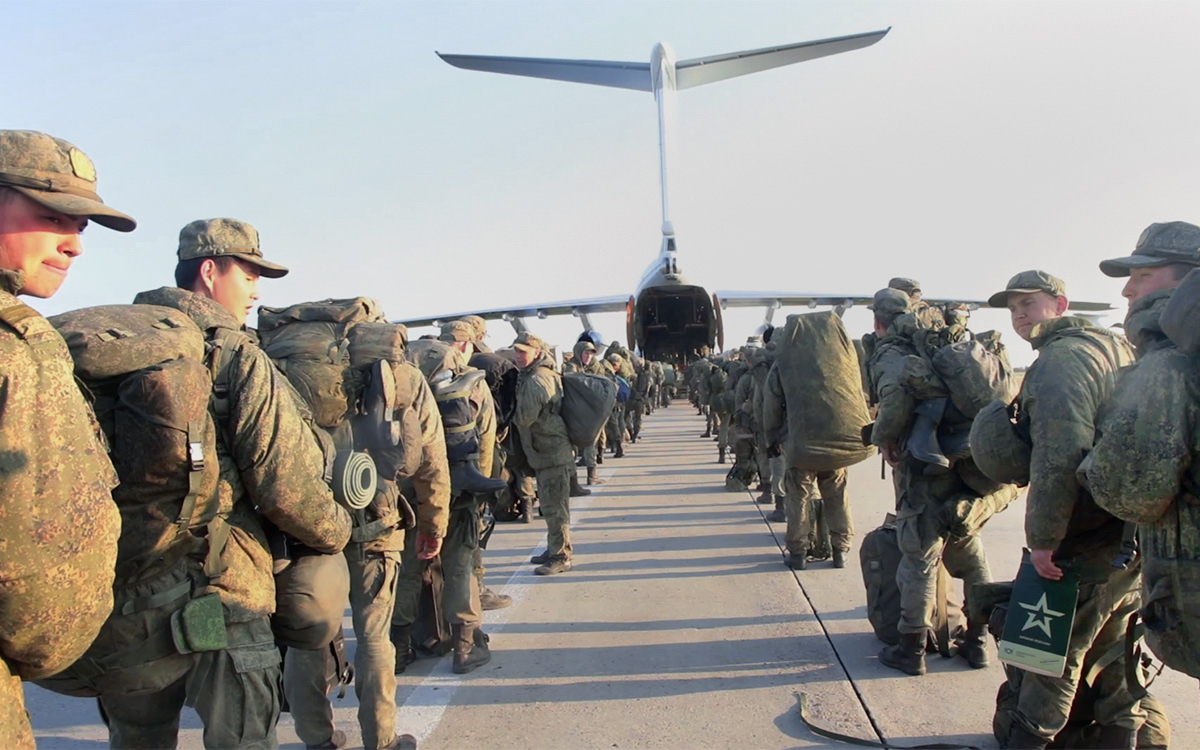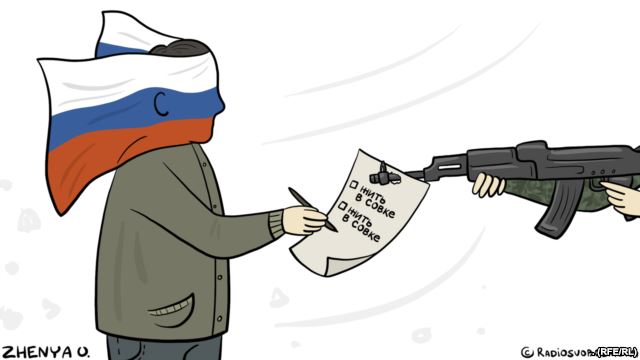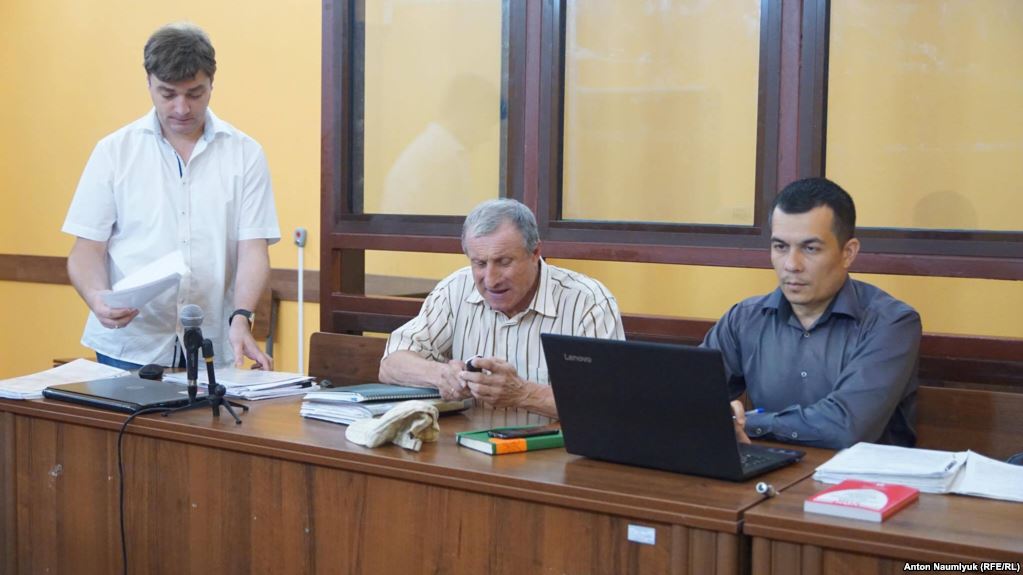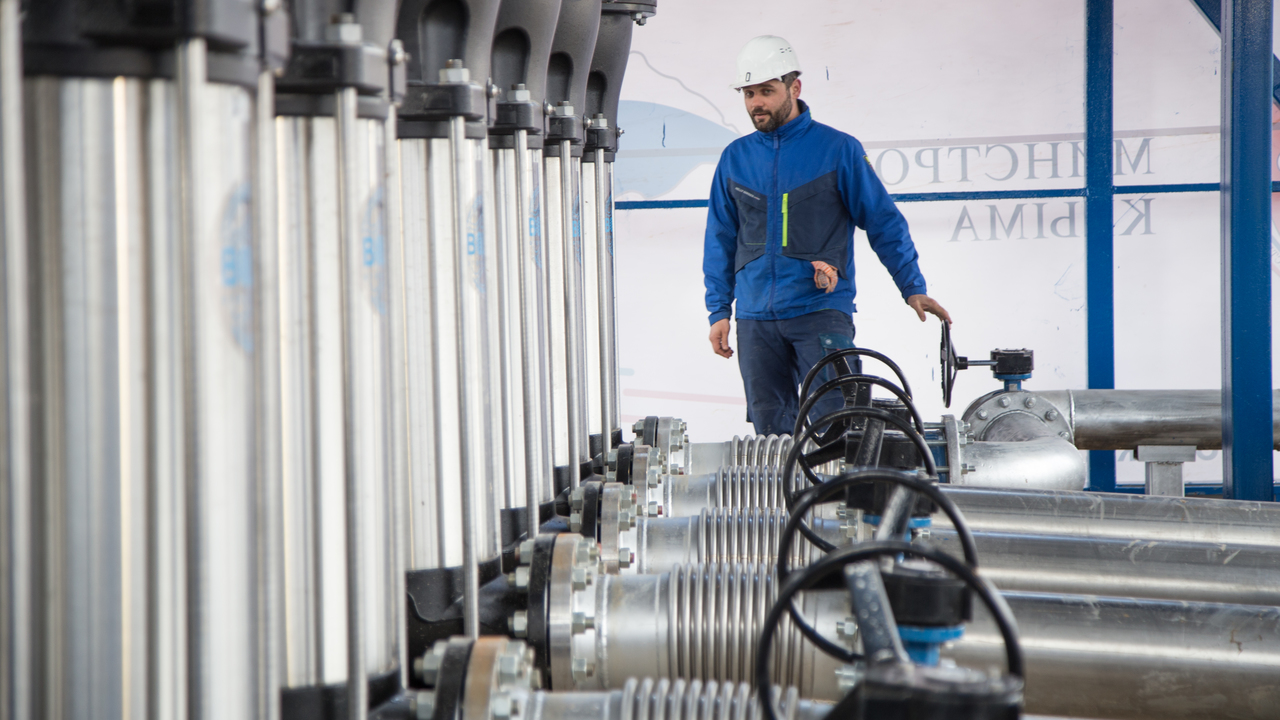Exactly when the aforementioned units’ deployment to Crimea took place is somewhat hazy. To judge from the various sources reporting on the matter, the 76th Air-Assault Division redeployed some of its units by rail on April 4 and 7, with the units sent in later arriving in Crimea on the evening of April 10 (Citeam-ru.medium.com, April 5; T.me/CITeam, April 12). The 7th Air-Assault Division might have deployed to Crimea already on March 19 (Citeam-ru.medium.com, April 22; Vzgljyad, April 5; Vk.com, March 19, 29). And parts of the 56th Air-Assault Brigade might have redeployed from Kamyshin by rail on March 31 (Strana.ua. April 1). It is not fully known if the 98th Airborne Division deployed to Crimea prior to the major exercise held on the peninsula’s Opuk range, on April 22 (see below). It is also uncertain whether the 98th Airborne Division was part of the deployment of VDV units to Crimea prior to April 22 or if it was limited to the units airdropped that day (Tvzvezda, April 27).
What is nonetheless apparent is that the deployment of the VDV units was part of the troop movements in March and April; and trying to redeploy the units in their entirety would have strained the means of transportation and the military infrastructure in Crimea to the disadvantage of other units. The spokesperson of Ukrainian military intelligence, Vadym Skibitsky, claimed, on April 9, that almost the entire 7th Air-Assault Division was present in Crimea (Dom, April 9). That might have been the case, but the only publicly identified subunits of the 7th Air-Assault Division operating in Crimea were the 247th Air-Assault Regiment, the 1141st Artillery Regiment and the 3rd Surface-to-Air Missile Regiment (VKontakte, March 19; Interfax, April 23). The surface-to-air missile regiment, however, deployed from Novorossiysk to Crimea on April 22—and seemingly for a separate exercise, on April 23. As regards the 76th Air-Assault Division, one of its regiments was engaged in an exercise in Pskov Oblast of Russia during March 29–April 2, making it likely that only parts of the division subsequently deployed to Crimea (Mil.ru, March 30: Tvzvezda, April 1). All in all, it is possible to calculate that, at a minimum, approximately two battalions or a reduced parachute regiment belonging to the 98th Airborne Division were present in Crimea to participate in the large-scale April 22 drills.
The activities of the VDV units in Crimea until April 22 are not fully known. Yet according to one source, supposedly their main task in early April was to protect the the demarcation line separating the Russia-occupied Ukrainian territory from free Ukraine from possible provocations or a Ukrainian attack (Infosmi, April 7). [Ed.: If the source is correct, using a highly-mobile offensive military force such as VDV to strengthen Russia’s stationary defensive position in Crimea, which is multi-layered, thoroughly-engineered and shielded by multitude of artillery and airforce assets, would be surprising and not easily explained.] And while the main training event in Crimea was the April 22 exercise observed by the minister of defense, it was itself preceded by staff and command post exercises on April 18 and 19, respectively. Additionally, possible rehearsals or separate exercises were reported on April 16 and 19 (Tjournal, April 7; Vesti Sevastopol, April 16; Izvestia, April 22). Notably, a battalion from the VDV’s 247th Air-Assault Regiment was air dropped on April 19 (Vk.com, April 19).
The large April 22 maneuvers took place at the Opuk range and involved more than 10,000 soldiers, 40 combat ships and more than a hundred aircraft (Izvestia, April 23). Part of the participating forces played an aggressor attempting an amphibious landing, while the rest engaged in simulated coastal defense. Of the VDV units gathered on the peninsula, surprisingly only the 98th Airborne Division and its air drop were explicitly mentioned in connection with the exercise. Namely, 2,000 paratroopers and 60 pieces of equipment from the division were dropped from 40 Il-76s, which had flown to the exercise area from airfields in the Saratov and Rostov oblasts (Argumenty Nedeli, April 22). The parachute drop reportedly supported the sea landing and was covered by Su-27s; command and control of the operation was exercised from an A-50U and an airborne command post aboard an Il-22SURT (VPK, April 22). The 76th Air-Assault Division is not mentioned at all, and it is unclear what this unit actually did after its deployment to Crimea. Meanwhile, the 7th Air-Assault Division might have already left Crimea by April 19 (Vesti Sevastopol, April 16). Interestingly, as part of the drills, experimental airmobile units from the Ground Forces were for the first time employed together with VDV formations (Izvestia, April 23). The exercise was deemed successful and, upon its conclusion, the participating units were ordered to redeploy to their ordinary garrisons by May 1 (Mil.ru, April 23). But notably, the equipment belonging to the 98th Airborne Division was apparently left in storage nearby, in Anapa, Krasnodar Krai, Russia (Tvzvezda, April 27).
Read More:
- Putin failed to achieve his 3 goals in Ukraine because he’s not ready to launch a major war, Polish analyst says
- Threat of major Russian military operation against Ukraine and West hasn’t disappeared, Felgengauer says
- Escalation around Donbas: Is the Ukrainian army prepared for full-scale Russian aggression?
- Russia effectively seizes control of Sea of Azov, threatening Ukraine
- Transfer of Russian military units towards Ukraine’s border to be finished by end of April, – Ukrainian Intel
- Russia’s triple strategy of proxy war used against Georgia in 1920 and now
- Moscow will be ready for a war against Ukraine ‘in a month,’ Felgenhauer says
- (No) right to a fair trial, or a manual to Russia’s conveyor of repressions in Crimea
- Seizing Ukrainian water for Russian-occupied Crimea #1 task for Putin, Illarionov says
- Forced migration in Crimea as part of Russia’s ‘hybrid’ strategy
- Between occupation and annexation: finding the proper way to call Ukrainian Crimea






